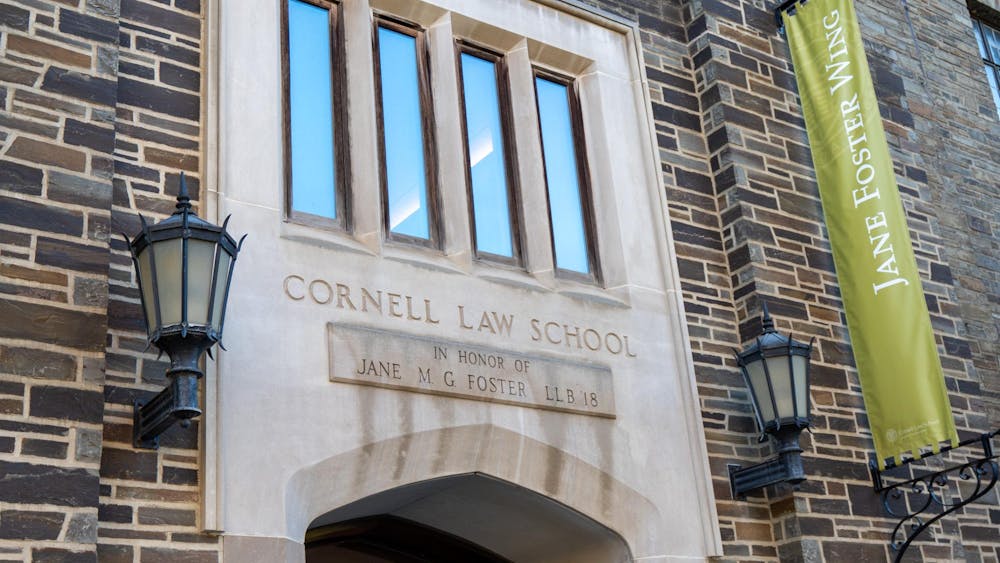Solar Design Associates, Inc. President, Steven Strong, addressed a nearly full Uris Auditorium yesterday afternoon. A pioneer in designing energy efficient buildings, Strong spoke in depth about the benefits of installing photovoltaic (PV) tags, or solar panels.
After a brief introduction by Prof. Robert Young, city and regional planning, Strong launched into an explanation of solar electric architecture. He cited numerous examples of buildings from around the world powered by solar electricity. His examples ranged from a town in Holland powered entirely by solar electricity to buildings in Japan that have integrated complex electric equipment into their facades. Strong said that these indicate "a transition to a post-petroleum world" and added, "the end of the oil era is within sight."
Strong also discussed the importance of aesthetics when designing such buildings. Drawing upon his background in engineering and architecture, he said that in placing the solar panels, "it is very important to optimize every part of the design."
In his presentation, which was supplemented by a number of slides, he showed early models which failed to incorporate the panels in an appealing manner and implied its negative effects on demand for solar electricity. He further emphasized the importance of "far-sighted designers" who have started to create design strategies with multiple benefits.
Strong continued by speaking about the financial costs of installing solar panels, or "electric glass." He argued that there is incentive in terms of both economics and efficiency, as it is easier to raise money for a solar-based system. He also discussed a "continuous cash flow" with such a system. With the "electric glass" that creates energy, he said that the excess energy can be sold back to electric companies for money.
Throughout his presentation, Strong stated his disappointment in how far behind the United States is in implementing more solar electricity.
"The U.S. consumes twice as much energy as Germany and Japan, [though] we were one of the first to start using solar power," he said. He also interjected several tongue-in-cheek comments about the current energy situation as well as the current administration's reaction to it. He made no attempt to hide his distaste with Bush's handling of situation and said that "He's leading us to an uncertain future [by] ignoring the path of solar energy."
As a guest of the Cornell chapter of Kyoto Now, a group dedicated to the Kyoto agreement and the reduction of greenhouse gas emissions, Strong's lecture served as a means to make the issue more visible on the Cornell campus.
Club member, Noah Pollock '03, said, "With Cornell's commitment to meet the standards of the Kyoto Protocol, we have a great opportunity. We can be a leader in embracing sustainable energy in campuses across the country."
The group hopes to bring more solar power to campus in the near future. Club Moss Templeton '03, said, "The knowledge and technology is out there -- we need to take a serious look at how we can use these technologies in things such as the West Campus Initiative. We need to start looking at the long term."
Club member, Abigail Krich '03, adds "We don't really want to retrofit old buildings [for solar power] because having new buildings generally cuts costs, [but] we have to see what Cornell can do cost-efficiently."
Archived article by Shalini Saxena










